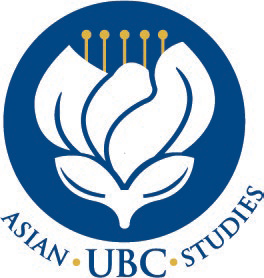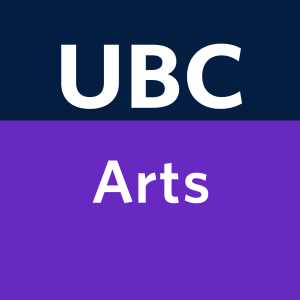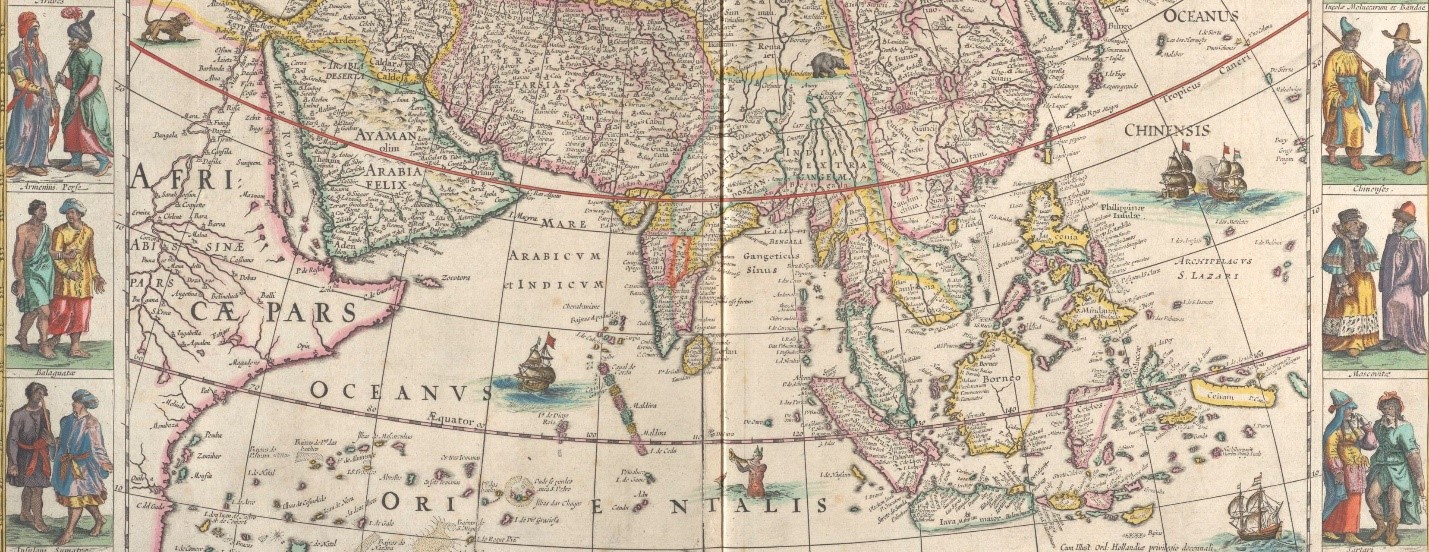Thursday, 21 September


Session 1: China and the Indian Ocean
Chair: Richard Unger
10:15 AM -11:45 AM

The Western Ocean before the West: The Indian Ocean in the Chinese Geographical Imagination
Timothy Brook, University of British Columbia
Through the 12th to 14th centuries, Chinese mariners traded into the Western Ocean, as they called the Indian Ocean. distributing Chinese manufactures from Pegu to Hormuz. That history is not easy to reconstruct, given the lack of documentation. Much easier to chronicle is the eruption of state intervention for which state records exist, beginning late in the 13th century and culminating early in the 15th. Thereafter: the dwindling Chinese presence in the Indian Ocean led to an almost complete evacuation of Chinese traders as Portuguese merchants asserted hegemony in the 16th. The analysis offered will unfold in reverse time, starting with the fragmentary knowledge of the Indian Ocean preserved on the Selden map (1608), then looking back to prior knowledge and asking how that knowledge was lost. In part the loss was the effect of altered patterns of trade circulation; but it also happened as a new Western Ocean, the Atlantic, erupted into the Chinese imagination of the world, confounding earlier geographies and directing attention beyond India to Europe as the ultimate destination of westward travel.


Acceleration and Assurance: Why the Indian Ocean Shiptracks are the Opposite of the Eurasian Wheeltracks
Pamela Crossley, Dartmouth College
Critiques of the notion of a “maritime silk road” are well-developed and have established that not only was there no Silk Road on water, but there was no Silk Road anywhere as it had been imagined by nineteenth century Europeans. Yet point by point comparisons of the Indian Ocean to a reified “Silk Road” avoid discussion of why the Indian Ocean shiptracks were essential and transformative, in a way that land travel across Eurasia had never been. I will consider that commerce over land was made profitable by the strategic expenditure of time, as stopping points increased sales and profits; credit and security were built upon the idea of intermediate extraction along the route. Shipping commerce, by contrast, was based upon the strategic conservation of time, while credit and security were probabalistic ventures focussed on an endpoint. The land system was a product of the development of communications across Eurasia, and the ocean system was a force shaping the concepts, values and economic epistemologies from the Middle Ages on.
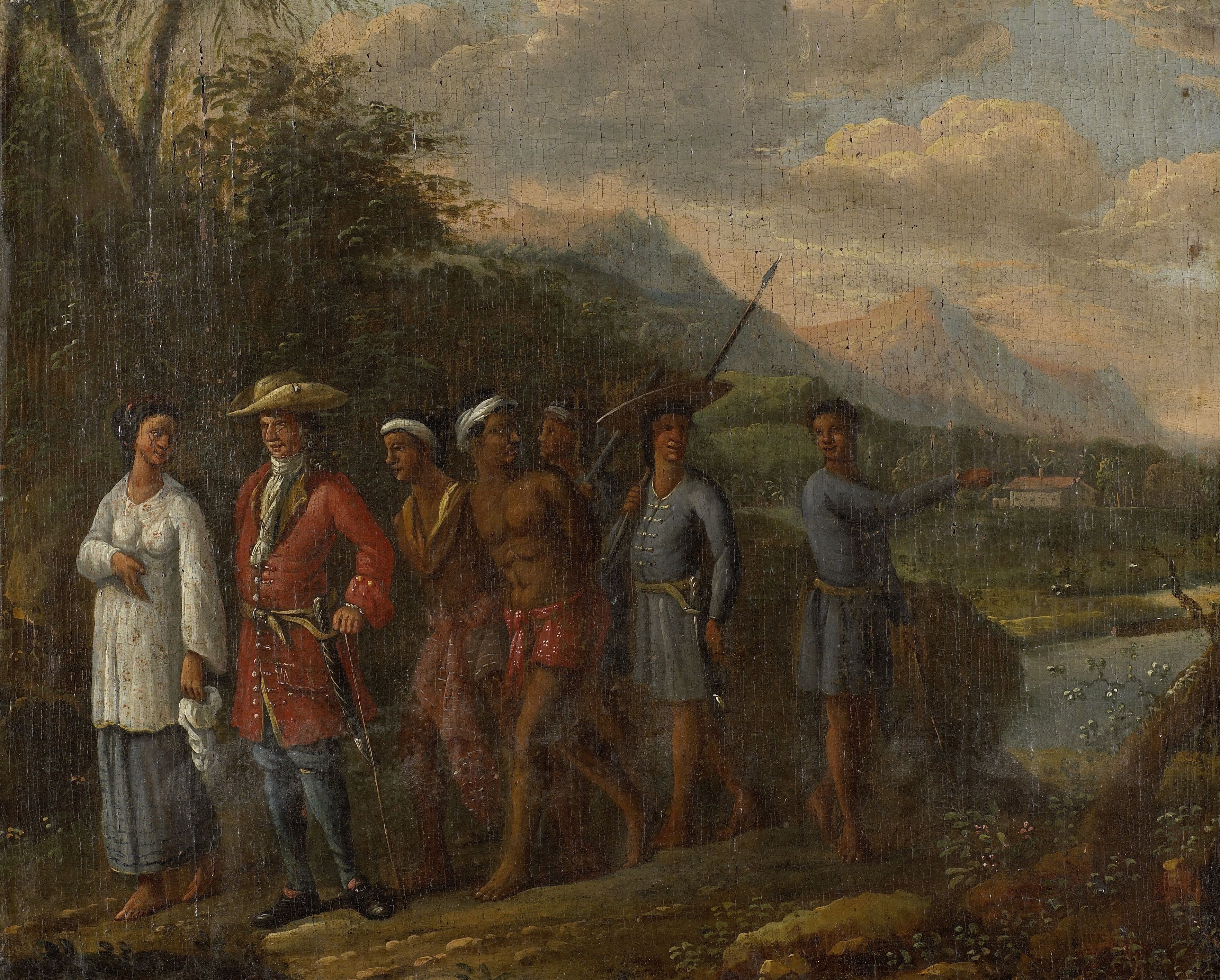

Session 2: Enslavement
Chair: Renisa Mawani
2:00 PM – 4:15 PM
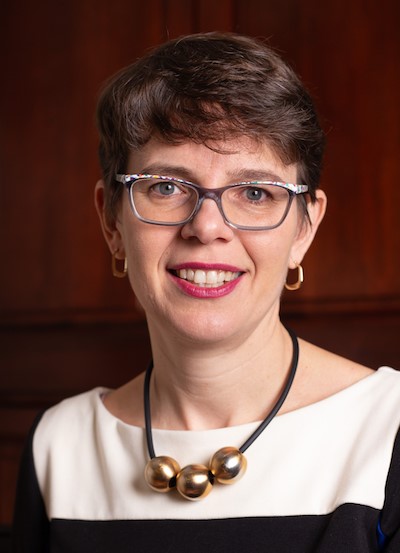

Tracing “la Traite” in the Indian Ocean
Margaret Schotte, York University
“Sailing with the French”, a SSHRC-funded, traces more than 1200 voyages of the Compagnie des Indes, both the movements of ships to and within the Indian Ocean, and the movements of individuals from port to port. The goal is to uncover previously anonymous individuals and to map their lives.
The rich data shows patterns that reflect the different phases of the French Compagnie(s) des Indes. Material details of voyages (vessel tonnage, crews) changed as priorities shifted and in response to the tumult of several wars. Evidence of regulatory changes are more elusive. 18th century legislation to limit the number of Black individuals in France was enforced only rarely, so many Frenchmen brought enslaved individuals with them when they travelled. In voyages where enslaved individuals accompanied paying passengers, did Company record keepers make any adjustments as new prohibitions were introduced? Were enslaved individuals of African origin recorded differently from those of South Asian origin? By employing new methods to analyse these documents, it is possible to reach a more nuanced understanding of how the Company viewed the unfree individuals who sailed on its vessels.


Slavery and Slave trading Scholarship in the Indian Ocean: Some Lessons from the Atlantic
David Eltis, Emory University
Only in the last five years has a significant scholarly effort gotten off the ground to pull together systematic information on the age-old traffic in people in the Indian Ocean World. By contrast, usable databases on slave trafficking in the Atlantic date at least from Philip Curtin’s foundational work, The Atlantic Slave Trade A Census (1969), and in some senses culminated in the 2020 version of www.slavevoyages.org with its details of 63,000 transatlantic and intra-American slaving ventures. Scholars have already made available rich data on segments of the IOW slave trade, but the current overall big picture is about as developed now as was its Atlantic counterpart in the 1950s. Given that at least two major consolidating and synthesizing efforts are getting underway for IOW slave trading – one based in Europe and one in North America – it may be useful to review progress. Perhaps there is still time to lay out and avoid some of the problems and missteps that have slowed progress in the Atlantic arena.


Export Led Growth in Arabia from the Middle Ages to WWI: Trading dates, pearls, and slaves with Africa to India
Robert Allen, New York University – Abu Dhabi
Three instances of export led growth in Arabia involved the export of a primary product and the import of slaves to provide the labour force to produce it.
In the Middle Ages the boom in date production centred in al-Hasa, portentous for the future of Saudi.
In the 17th and 18th centuries the boom centred in Oman. It followed the accession of the first Yarubid imam (1624) who expelled the Portuguese and created internal order, making it profitable to grow dates and export them to India as the sweet liquid, dibs. Oman acquired the necessary labour by importing slaves from east Africa.
The opening of the Suez Canal in 1867 started the third boom. Date prices doubled. Production expanded and again African slave imports increased to generate the labour force. At the same time the demand for pearls rose many of the pearl divers were also slaves.
Some econometrics on the patterns of slave prices across Ethiopia, East Africa, Arabia, and the Gulf illuminate supply dynamics, and models of production of pearls and slaves show how the increase in product prices fueled the rise in slave prices.
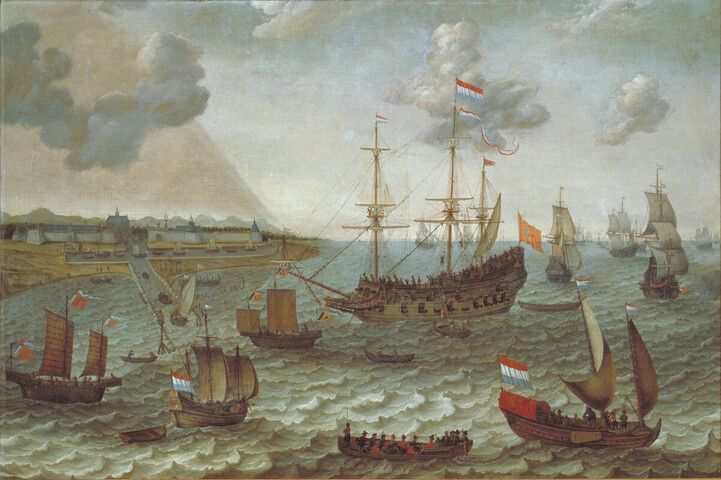

Session 3: Keynote Address
Introduction: Sebastian Prange
5:00 PM – 6:30 PM


The Dutch Empire in the Indian Ocean: Charting a System within a System
Eric Tagliacozzo, Cornell University
The Dutch as an oceanic empire arrived mid-stream in the history of Europeans sailing the Indian Ocean — after the Portuguese, but before the English and French had taken hold as forces to be reckoned with on a systemic scale. Although the Portuguese presence was earlier, by the middle decades of the seventeenth century the Dutch were becoming more important, and by the end of that same century it is no exaggeration to say that the Republic’s ships were the most vital single web of trade and colonial interest along the elongated ring of the Indian Ocean. More than any other external power in the Early Modern epoch, their extended contacts and mercantile presence from the Cape of Good Hope to Japan — with colonies and trading posts in many places in between — helped define the Indian Ocean as a “system”, one which had its own rhythms and internal logic. This was, therefore, a “system within a system”, one worthy of closer examination. This presentation will chronicle some of the history of this expansion, florescence, and eventual diminution by the early years of the nineteenth century, an era which might be tenuously termed as the dawn of “Modernity” in this part of the world.
Friday, 22 September


Session 4: Maritime Technology and the Law
Chair: Sara Ann Knutson
9:30 AM – 12:00 PM


Mapping East Africa: Dutch East India Company maps of the gateway to the Indian Ocean world
Michiel van Groesen, Leiden University
When historians write about the Dutch East India Company (VOC), they typically discuss the Company’s administration or labour force in Batavia and Ceylon, the genocide that took place in the Moluccas to secure the fine spice trade, the exclusive access to Tokugawa Japan through the carefully controlled settlement in the Bay of Nagasaki, or the finely tuned system of intra-Asian trade connecting every market along the Indian Ocean littoral that enabled the Dutch to outperform their European rivals.
The role of the Company in East Africa is generally relegated to the fringes of maritime and colonial scholarship, despite the region being part of the VOC’s charter area for the entire period of its existence (1602-1795). This paper addresses Dutch activities on the Indian Ocean world’s western edges by focusing on cartographic representations of Mauritius, Madagascar, the Comores, and the Delagoa Bay in present-day Mozambique, and argues that for more than a century, the Company was actively looking for ways to include East Africa into its extensive trading network.


Melding Technologies: Shipbuilding around the Indian Ocean after the Arrival of European Ships
Richard W. Unger, University of British Columbia
Interchange between shipbuilding methods and design long preceded the arrival of European sea-going vessels at the end of the fifteenth centuries. Malay ships dominated the Indian Ocean though they evolved too following contact with Arab and Chinese practices. By 1500 the junk was a hybrid of north Chinese trading vessels and sailing ships from the Indonesian archipelago. European ships were of markedly different designs and in many ways local designs were superior, something the sailors who had doubled the Cape of Good Hope acknowledged. Over time continued borrowing on both sides and use of local designs by Europeans led to greater similarities in ships. Features of Asian vessels turned up on the European continent. A range of vessels took on aspects of European boats and ships not only in the centre of Malay practice but also in the Pacific islands among vessel types descended from Indonesian designs. The character of changes varied widely over time and place as did the causes for the melding of designs, materials used and building practices.
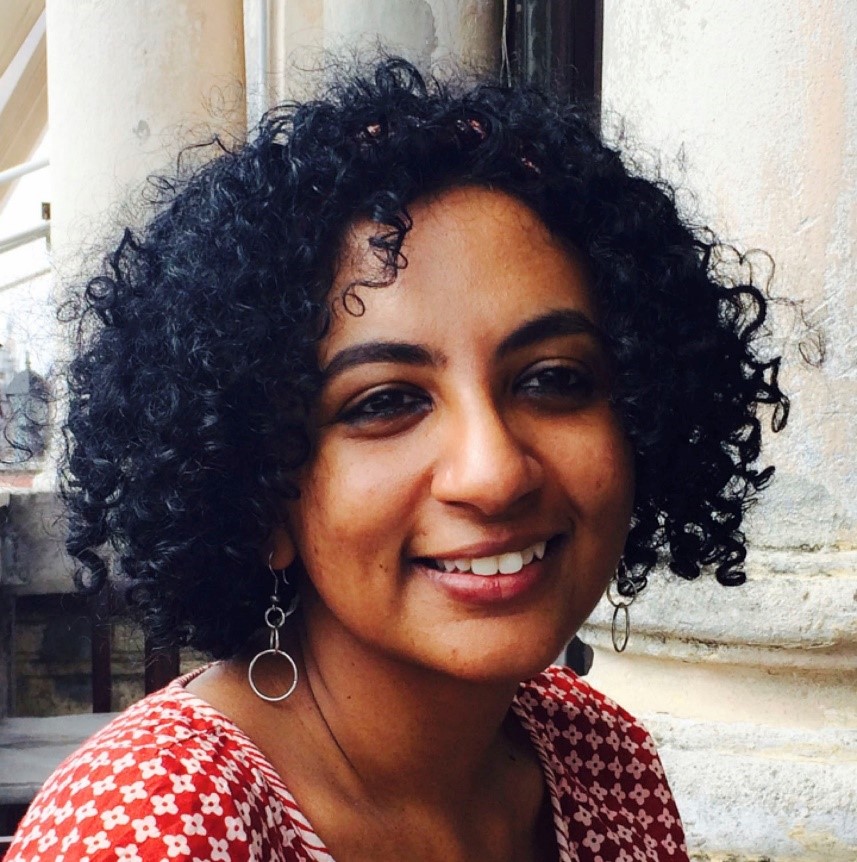

Muddy Waters: Making Property from Protection in Coastal India
Bhavani Raman, University of Toronto
The idea that that the coast can be legally occupied by large ports and other infrastructure is surprisingly recent in the Indian Ocean world. Indeed, the Indian Ocean littoral offers an important site to understand how modern imperialism propelled property-making rather paradoxically through the extension of coastal “protection.” Whereas in the early modern era, the Indian Ocean’s littoral societies enjoyed a privileged status as coastal guardians, from the turn of the nineteenth century, ideas of public good and public trust vested the protection of the shores and seas in states. Drawing on case studies from the early modern and colonial period, I explore how littoral societies slowly yielded their jurisdiction over terraqueous landscapes to the modern state. This change coincided with the imperial age of the steam ship. It was also marked by the legal transformation of the littoral as property. My paper will conclude by reflecting on the legacy of these developments in the present.
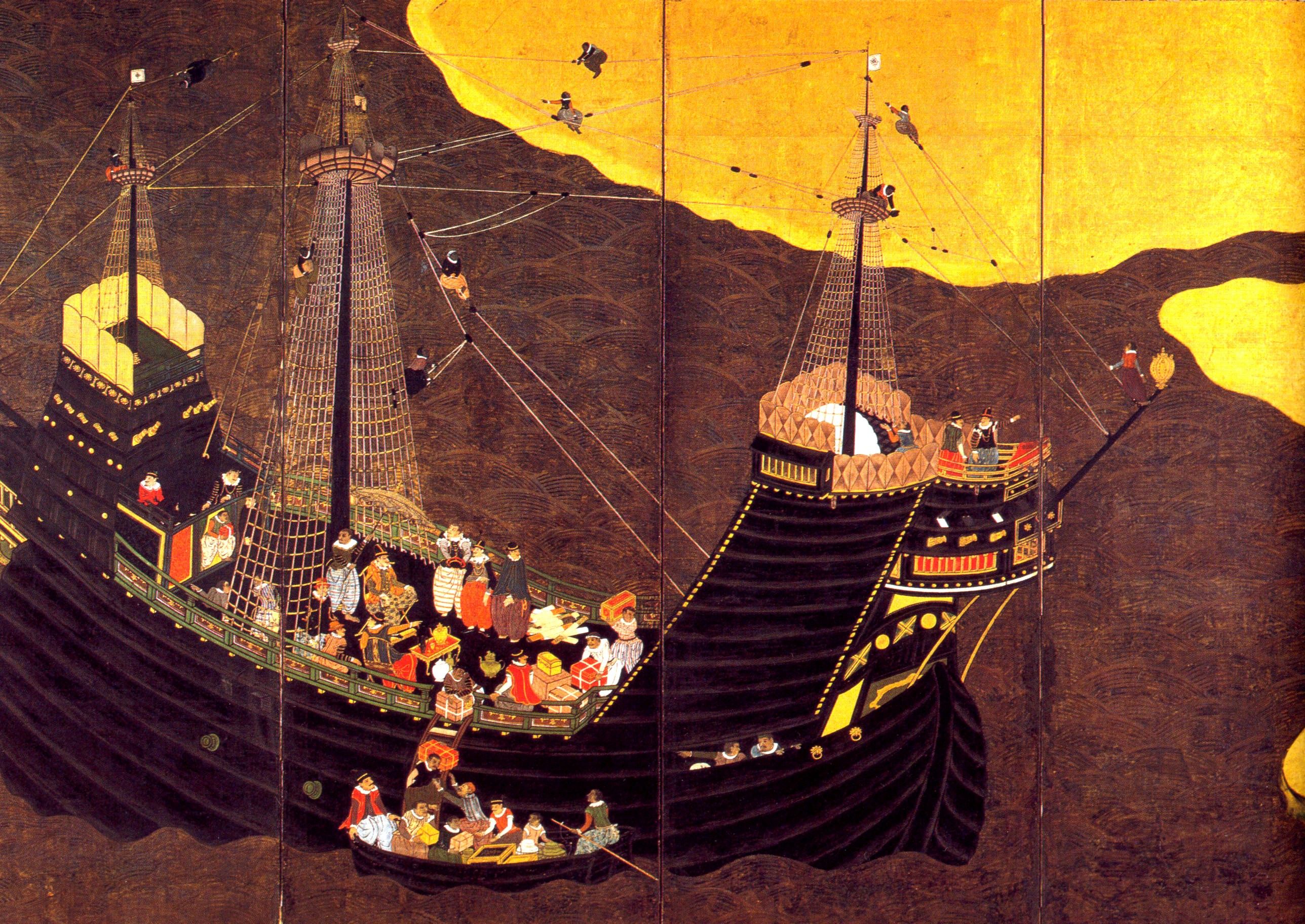

Session 5: Agents and Institutions of Trade
Chair: Hicham Safieddine
2:00 PM – 4:00 PM


The Amphioen Sociëteit (1746-1794): opium, intra-Asian trade, and the elite commercial world of Batavia in the eighteenth to early nineteenth centuries
Noelle Richardson, Leiden University
This paper aims to shed greater light on the importance of opium for the local economy of Java and intra-Asian trade in the early modern period through a close analysis of the Amphioen Sociëteit (1745-1808) (‘Opium Society’). Established in 1745, the Sociëteit was a privileged, chartered, joint-stock company, that, together with the VOC, exercised the monopoly of the import and retail trade in opium in Java. Whilst the objectives and institutional framework of the Sociëteit are clear, little is known about how and why it contributed to the interests of autochthonous Dutch firms and entrepreneurs, as well as the mixed mercantile community of Batavia. How, for example, did the Sociëteit sustain the formation of a mercantile elite in Batavia, and the emergence of cross-cultural commercial partnerships? In analysing these questions, this paper contributes diverse insights to our understanding of the critical importance of opium to private traders engaged in intra-Asian trade during the early modern period.


Intersectional interactions: Women as brokers and go-betweens in the Portuguese State of India
Amélia Polónia, University of Porto
This contribution starts from the assumption that cooperation between the Europeans and the societies and cultures of contact during the Early Modern process of overseas empire-building depended on the agency of women as brokers and go-betweens in all territories where Europeans settled. This seems particularly apparent in the Portuguese case. Even if a great majority of those interactions were imposed, women were crucial actors in the dynamics and the outcomes of European colonization. This affected Portuguese and autochthone women alike, even if on different scales and levels. Between resistance, conflict, cheating, defection, intermingling and assimilation, those women performed as intermediaries between worlds. Their presence and agency were vital to economic flows between worlds, as they were essential in negotiations processes. They were influential in social organization dynamics through their roles in the family and in the reconfiguration of colonial environments.


Bank van Lening en Courant in Batavia (1746-1814)? The First Modern Bank in Asia?
Cátia Antunes, Leidan University
Emerging research demonstrates that the premise that the Dutch empire was a national enterprise with the Dutch state and trading companies being engines of colonial/imperial exploitation, is partially flawed. For Asia, the focus on the Dutch East India Company (VOC) has overshadowed the relevance of private partnerships and firms in the exploitation of multiple empires in Asia. Little is known about the way partnerships and firms managed their gains, preserved accumulated capital or reinvested it. The Bank van Lening en Courant, created in Batavia in 1746, was probably the first institutional bank in Asia, if not in the world. Why the VOC issued a charter for a bank and what reasons informed the decision. The weight of capital gains by private partnerships and firms, on the one hand, and the need for state/company/public liquidity may well have influenced the decision. Once in full operation it provided unique services to Batavia’s colonial elite and to the VOC in the Indies that influenced the way private partnerships and firms expanded their businesses and may have impacted the way the company governed the Dutch empire in Asia.




